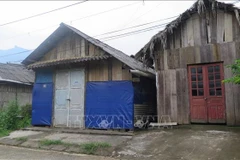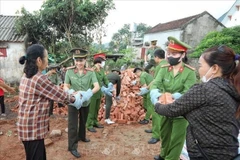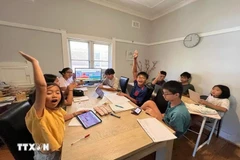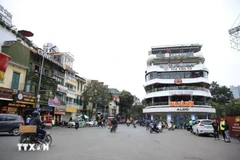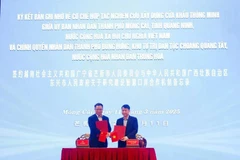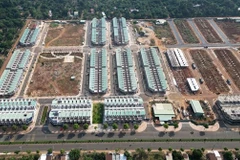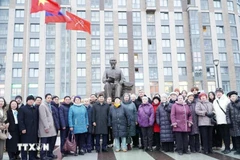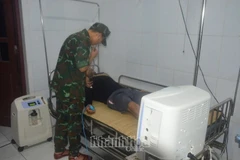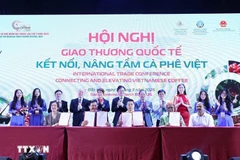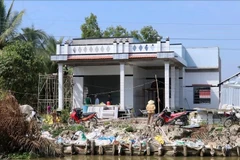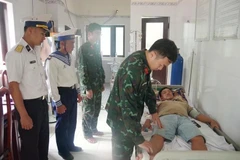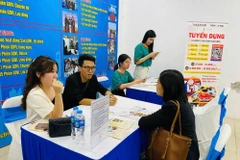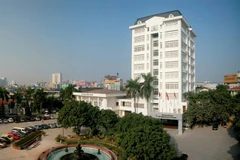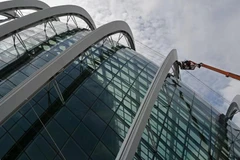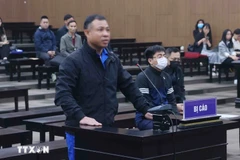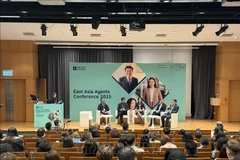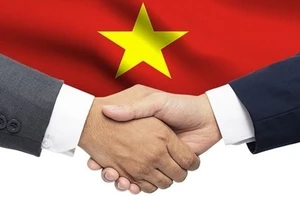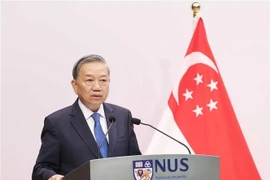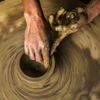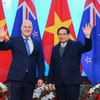Co-organised by the Government Committee for Religious Affairs and CanTho City People’s Committee, the event aimed to review the 10-yearimplementation of the Prime Minister’s instruction on the Statemanagement of the Khmer Theravada Buddhist Sect and discuss tasks in thecoming time.
Participants heard that over the pastdecade, there have been many activities supporting the operation of theKhmer Theravada Buddhism such as helping the sect in carving pagodaseals, printing the prayer-book in Khmer language and building schoolsat pagodas. A number of Khmer pagodas have been recognised asrevolutionary historical relic sites and many monks have been honouredfor their contributions to the revolution.
Theseactivities have positively contributed to improving the social andcultural life of Khmer ethnic people while helping Khmer TheravadaBuddhists understand more about the Party and State’s policy toward thecommunity.
However, several problems have arisen andneed to be addressed quickly, such as the delay in the construction ofthe Khmer Theravada Buddhist Institute in Can Tho city’s O Mon district.
Delegates proposed increasing fundings for theprinting of Khmer documents in both Vietnamese and Khmer languages,training activities at Khmer pagodas and the repair of pagodas.
The Government Committee for Religious Affairs said the key tasks forthe time ahead is to accelerate the construction of the Khmer TheravadaBuddhist Institute in O Mon district, which will be a major trainingcentre for the entire region, while providing proper assistance for theoperation of the sect, especially teaching and learning activities atpagodas.
The southern region is now home toabout 1.5 million Khmer Theravada followers, including nearly 10,000monks who practice their religion at 454 pagodas in 15 localities.-VNA
